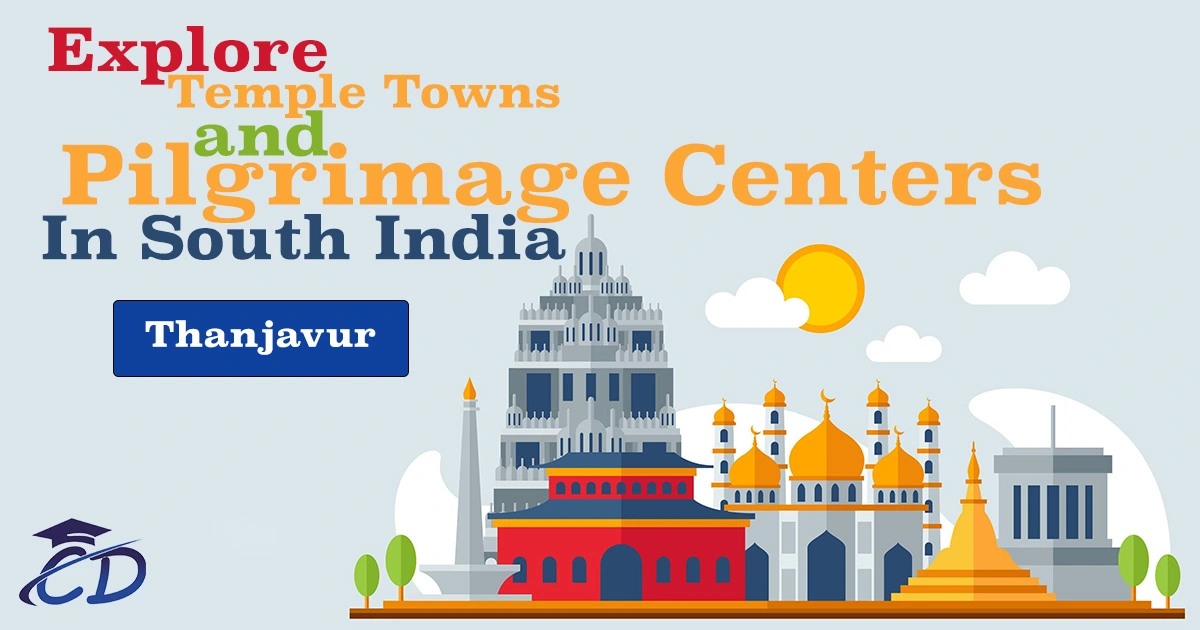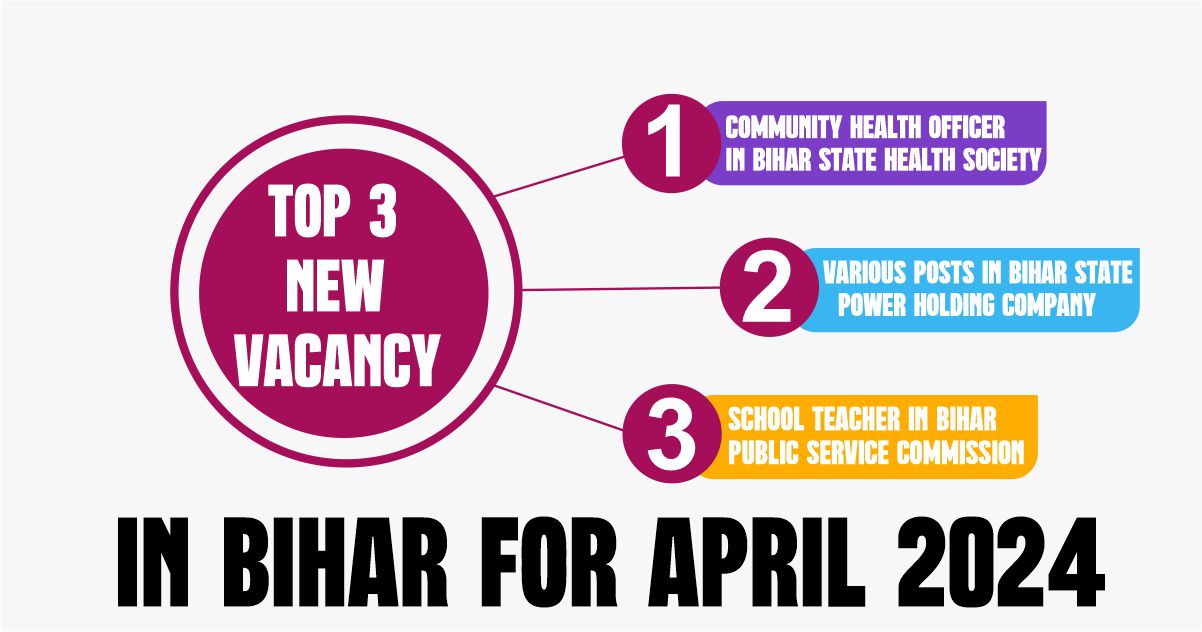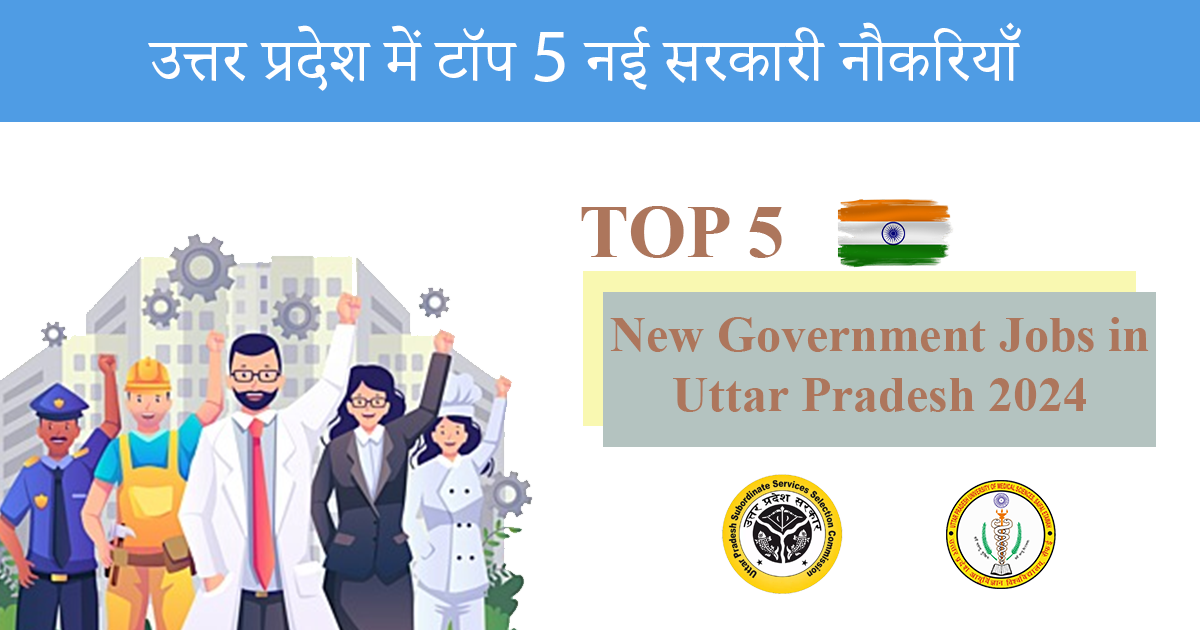
The first historical phase witnessed the emergence of several towns, trade exchanges, the usage of coins, and many crafts in peninsular India. The society in towns was not equalitarian during the medieval period. There were vast diversities and inequalities prevailed. The Brahmins, a noble class of Muslim, wealthy merchants lived pompy lifestyle with much ostentation. But the major portion of the population in towns was living a normal life and even they had to face various troubles.
Visit Towns of Medieval India
With the increasing size of rural society, different types of villages in south India appeared like ur, sabha, nagaram. Ur was a general category of the village which was dominated by the peasantry class. It was mainly present in the southern portion of Tamil Nadu. Sabha was that category of the village which was dominated by the Brahmin caste. It consisted of the areas of land grants so it was also called Brahmadeya village and Agrahara village. The Nagaram category of villages was dominated by merchants and traders who started to settle down in these villages after the decline of trade. This happened in the period of 300-750 AD.
The Imperial Chola empire which came to rule in the ninth century contributed much to establish many towns in a large portion of peninsular India. The wide reach and resources of the Chola dynasty made rulers capable of establishing big capitals like Tanjore (Thanjavur), Kanchi, Gangaikondacholapuram, etc. The founder of the imperial/ later Chola dynasty was Vijayalaya Chola who wiped out both Pandyas and Pallavas from Thanjavur. He made Thanjavur his capital. He built many temples like Solesvara temple in Pudukottai, Nisumba Soodhani temple in Thanjavur. These Chola temples frequently acted as the nuclei of settlement which increased with time around the temples.
Details About Administrative Centers and Towns
The Chola administration in towns was considered the best practice of governance during the early medieval period. The Uttaramerur inscription tells about the Chola administration in towns and villages. The Chola kings contributed much to establishing administrative centres and towns with the help of its strong army base and a fine network of royal roads in medieval India. The self-government of towns was a very excellent system during Chola’s rule. The land survey was conducted by Chola officials to fix the share of the government in land revenue. Chola rulers also got income from trade, taxes on professions, and through plunder of adjacent territories. Hence they were wealthy enough to invest money in building towns and monuments like temples. Uraiyur was the famous administrative centre of the Chola government. It was famous for its cotton trade. The Saliya weaver community of Thanjavur and Uraiyur town was involved in making cotton flags and cloth.
South Indian Temple Towns and Pilgrimage Centers
Many temple towns and pilgrimage centres flourished in medieval India. These towns appeared initially around temples like Bhillasvamin in Madhya Pradesh, Somnath in Gujarat, Kanchipuram in Tamil Nadu, and many others. However many pilgrimage centres of India became settled towns over a period of time like Vrindavan in Uttar Pradesh and Tiruvannamalai in Tamil Nadu.
Rajaraja Chola-I built the temple of Rajarajeshwara in Thanjavur which is now included in the list of UNESCO world heritage sites. This temple is also called Brihadeshwara/ Peruvudaiyar Kovil temple which is dedicated to Lord Shiva. It has the largest and highest vimana of thirteen storeys. This great living Chola temple is covered from base to top with sculptures and decorative mouldings. Rajendra Chola-I assumed the title of Gangaikonda and established Gangaikonda Cholapuram and made it the new capital. He also built another Brihadeshwar temple which is also under UNESCO World Heritage Sites. The third pilgrimage centre of the Chola empire was the Airavatesvara temple which was built by Rajaraja Chola-II.
Small Towns
The Indian subcontinent was full of many small towns since the eighth century. Perhaps, these were made from the larger towns. These towns had their separate mandapikas (mandis) where village people could sell their products. There were also market streets consisting of many shops in a line which were called hatta (haat). The fortified buildings were built near these towns by the Samanta (later they became zamindars). They had the power to impose taxes on traders, artisans, goods and services in exchange.
Traders
There were many types of trading communities in medieval India like Banjaras in northwestern parts of the country. They generally travelled in caravans and they had to go through various states of different rulers. They made guilds in the form of associations for particular tasks and interests. These guilds helped them to protect their interests. There were various guilds of merchants which worked for the benefit of their members like Nanadesis was a guild in the case of international trade, and Manigrammam was a guild in the case of inter-regional trade. It is noted here that Chola rulers also imported royal horses for them with the help of these traders only.
Craftsperson
The artisans of Bidar town became so famous for their inlay works in the material of copper and silver that this craft began to be known as Bidri craft. The Dravidian temple architecture in southern India gained its apex during the time of the Chola dynasty. The craftspeople and architects of temple architecture were so valued at that time. The Panchalas community dealing with goldsmiths, blacksmiths, masons, etc. played a vital role in building the temples, palaces, tanks, etc. The temples usually received donations from mighty trading communities.
Get Comprehensive Knowledge About Major Towns Of South India
There were several popular towns in medieval India but Surat, Hampi, and Masulipatnam were the major towns among them.
Surat
Surat in Gujarat state is located on the western coastline. It was the main trading centre of Western trade in times of the Mughal dynasty. It became the passage of Western trade of India with West Asia through the Gulf of Ormuz. The Surat textiles were popular for its zari works and its market was also in West Asia, Africa, and Europe. The town of Surat was also known as the gateway to Mecca due to many pilgrims and sailors approaching Mecca from there.
In the seventeenth century, many European traders like Portuguese, Dutch, and British established their warehouses at Surat. But in due course of time, the importance of Surat town declined due to many factors like loss of productivity, sea routes being controlled by the Portuguese, and competition from Bombay factories of the British East India Company.
Hampi
Hampi in Karnataka state is located in the Krishna- Tungabhadra rivers basin. It was the main centre of the Vijayanagara Empire. In the period of the 15th -16th century, It flourished for commercial and cultural activities through the contribution of Moors (Muslim traders), Chettis, and European traders. Hampi buildings were built without the use of mortar or any cementing agents. The ruins of Hampi show that it was a well-fortified city with distinctive arches, domes, and pillared chambers along with niches and sculptural motifs. The Mahanavami festival was celebrated with great joy there.
Masulipatnam
Masulipattanam or Machilipatnam in Andhra Pradesh state is located on the delta of the Krishna River. European traders, especially British and Dutch both wanted to capture the control of Masulipatnam in the 17th century. It was the key port of Andhra Pradesh where the fort was built by a Dutch trading company. In 1611 AD, the British East India Company established its first trading centre on the eastern coast of India at Masulipatnam. It was famous for kalamkari clothes.
Summary
Medieval India saw the climax of Dravidian temple architecture in the times of the Chola dynasty as well as many administrative and pilgrimage centres. Indian rulers helped in the art of temple style. Many vital changes occurred in society as a new powerful class called Samantha, ranak, and rautta (Rajput) emerged. Trade became the prime driver of maintaining the town life. The local fine products and trading potential of India attracted European traders who also established their factories here.
Frequently Asked Questions – FAQs
Q1. What was the importance of Surat town in medieval India?
Ans. Surat was an important port town in the view of commerce, trade, and communication. It was the gateway to the Islamic holy shrine Mecca also.
Q2. How did craft production in cities like Calcutta differ from that in cities like Thanjavur?
Ans. Thanjavur towns were famous for crafts like temple architecture, cotton spinning, dyeing, etc. while Kolkata and Murshidabad towns were famous for silk crafts.
Q3. What was the capital of the Chola dynasty?
Ans. Thanjavur was the capital which was made by Vijayalaya Chola.
Q4. When was the golden age of the Dravidian temple style?
Ans. The Chola period from 9th to 13th century AD was the golden period of this style.
Q5. Who did destroy the town of Hampi?
Ans. Hampi was destroyed by Deccani Sultans after the defeat of Vijayanagara in 1565 AD.






